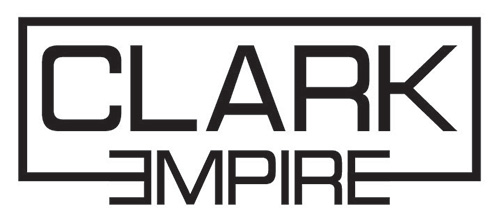Optimizing Web Design for SEO Success: A Comprehensive Guide
People’s preferences for websites have evolved over time. In 2004, a study reported that 94% of people distrusted websites with poor aesthetics. Nowadays, when people visit a website, they prioritize the user experience more.
To truly succeed online, your web design needs to be optimized for search engine optimization (SEO). This dynamic collaboration between design and SEO has the potential to elevate your website to the pinnacle of search engine results pages (SERPs) and bring organic traffic to your digital doorstep.
In this blog, we will delve into the crucial elements of web design that can either enhance or hinder your SEO efforts.
1. Responsive Design
The era of static, desktop-exclusive websites is a thing of the past. Nowadays, Google places a premium on responsive design—a design methodology that guarantees your website appears and performs flawlessly on a range of devices, such as smartphones and tablets.
Given that mobile devices contribute to 55% of website traffic, having a responsive design is imperative for both user experience and SEO. Google’s algorithms prefer websites that are mobile-friendly, resulting in improved search rankings.
2. Page Speed
In today’s rapidly evolving digital environment, users have high expectations for website loading speed. A sluggish website can be frustrating for users and result in high bounce rates, which can have a detrimental impact on your SEO. To enhance page speed, it’s essential to optimize image sizes, reduce server response times, and take advantage of browser caching.
3. Intuitive Navigation
In those crucial first few seconds after a visitor lands on your website, it’s paramount that they can quickly find what they’re looking for. An intuitive navigation system not only enhances user experience but also aids search engine crawlers in effectively indexing your site. Achieving this involves having a well-structured menu, a logical page hierarchy, and strategic internal linking—all of which contribute to a user-friendly experience and heightened SEO performance.
4. SEO-Friendly URLs
While it may appear as a minor detail, the structure of your URLs can wield substantial influence over your SEO. With an SEO-friendly URL structure, you enable users to grasp the content of a page before clicking, simultaneously assisting search engines in ranking your pages for specific keywords.
5. High-Quality Content
How you present your content plays a pivotal role in your website’s overall design. Content that is engaging, informative, and of high quality not only retains users on your site for longer periods but also encourages them to share and link back to your content.
Furthermore, having a well-organized content featuring appropriate headings, bullet points, and multimedia elements enhances its digestibility for both users and search engines. This ensures that your content is not only readable to the human eye, but also optimized for the search engines.
6. Image Optimization
Images are a vital component of web design, yet they can impede your website’s performance if not optimized properly. To strike the right balance, employ compressed image formats and responsive images, ensuring your visuals remain appealing without sacrificing page speed.
Additionally, incorporating descriptive alt text for images not only enhances content accessibility but also enhances your prospects of ranking well in image searches. This dual approach ensures your website remains visually appealing, accessible, and SEO-friendly.
7. Schema Markup
Schema markup, or structured data, serves as a potent tool for enhancing search engine comprehension of your website’s content and context.
Integrating schema markup into your web design allows you to furnish search engines with supplementary information regarding your content, encompassing elements like reviews, ratings, event particulars, and more. This can result in the generation of rich search results, commonly referred to as “rich snippets,” which in turn can amplify your click-through rates and bolster your overall SEO performance.
8. Secure and Accessible Design
Google prioritizes secure websites utilizing HTTPS encryption. Furthermore, designing your website with accessibility in mind guarantees that individuals with disabilities can readily access your content. Both HTTPS security and ADA compliance significantly contribute to an enhanced user experience, aligning seamlessly with Google’s ranking priorities.
An Expert SEO & Web Design Company to Propel Your Campaign’s Success
SEO and web design are not siloed practices; they operate synergistically to craft an exceptional user experience and channel organic traffic to your website. The fusion of these elements can set your website apart and draw the right audience to your online presence. This is precisely where an adept SEO and web design company comes into play.
At Clark Empire, we stand as a trusted SEO and web design firm, dedicated to empowering small businesses through the potential of digital marketing. Armed with years of experience in website design and an unwavering grasp of contemporary SEO principles, we are poised to assist you in constructing a website that effectively caters to your target audience.
Contact us today to start building a better website for your business.





Leave a Reply